Originally published at: https://www.naturephotographers.network/creative-self-expression-when-everyone-is-a-photographer/
“There is no such thing as a new idea. It is impossible. We simply take a lot of old ideas and put them into a sort of mental kaleidoscope. We give them a turn and they make new and curious combinations. We keep on turning and making new combinations indefinitely; but they are the same old pieces of colored glass that have been in use through all the ages.”
Mark Twain
It’s been estimated that in 2022, around 1.5 trillion photos will be taken worldwide. The vast majority of these images will be smartphone snaps that won’t warrant more than the thumb scroll’s worth of attention they’ll get. Nevertheless, unless you live entirely offline, it’s difficult not to notice which photographs are liked, shared, commented on, purchased, and so forth. Trends form out of the fray, and expectations around art and self-expression shift. The digital age has produced a culture in which a persistent pressure to create original work exists and yet conformity is rewarded with attention. Perhaps this is not a new phenomenon.
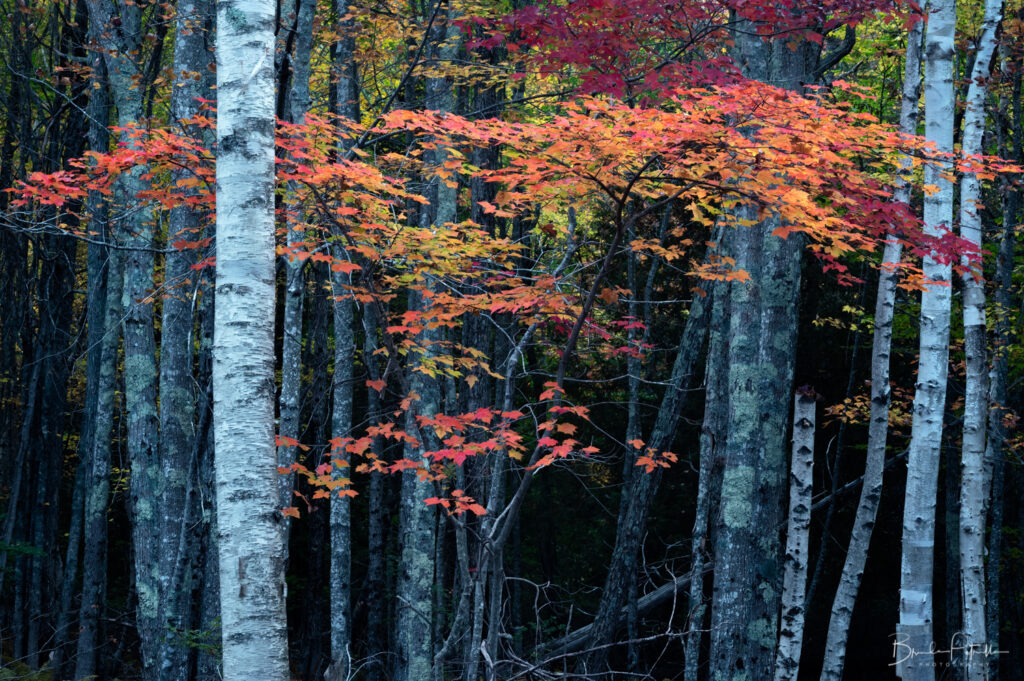
Is it possible to contribute creative work that is original in what feels like an infinite sea of information and possibilities? Should we insulate ourselves from that pressure and prevent any external factors from influencing our creative output, perhaps through photographic celibacy? If so, what about the integral roles of inspiration and learning to the creative process? Is embracing isolation a fair exchange for seeking originality? Perhaps that works for some. Or maybe we should let go of the idea of creating something original and instead focus on creating something that is self-expressive, a reflection of what we connected with in the landscape.
These are some of the questions I grapple with as I attempt to understand and develop my own approach to creative self-expression through my photography.
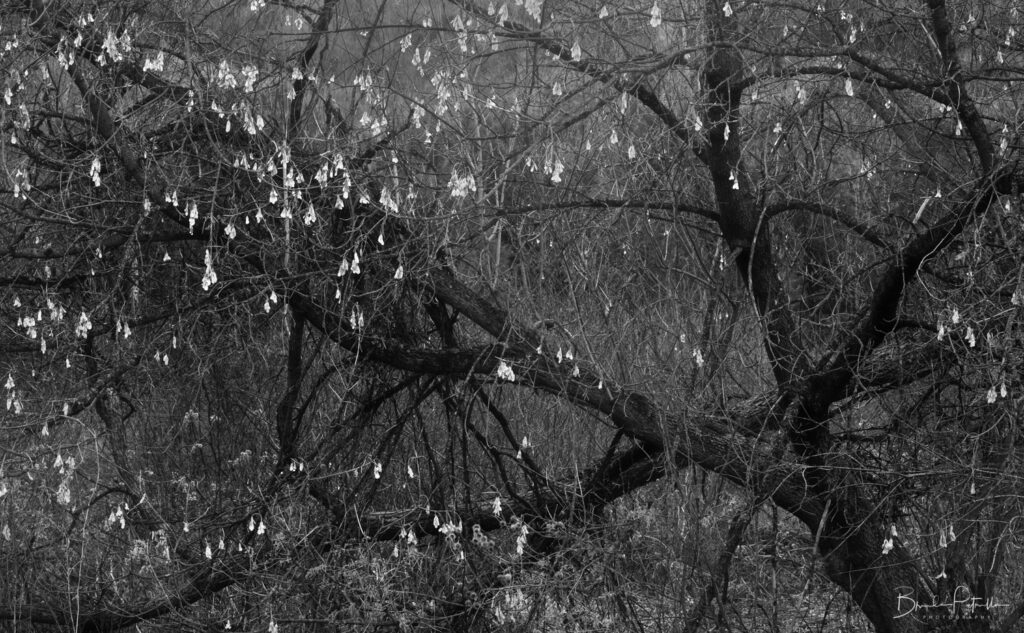
Before we dive deeper, I’d like to define what I mean by creative self-expression because it can mean different things to different people. In terms of nature photography, I consider creative self-expression to be the process of tuning in to what you connect with in the landscape and translating that photographically so that you can visually communicate that experience with others. Thus, I distinguish the concept of creating personally-expressive photographs from having a “style” or “voice” that is defined by some aesthetic that can be associated with, or derived from, one’s collection of photographs.
According to Mark Twain, a new idea is actually just a new combination of existing ideas. In other words, these new combinations and connections require starting material, and that comes from our human experience; we learn from exploration, conversations, relationships, educational opportunities, adversities, successes, entertainment, and so on. Learning and creating are inextricably linked in this way.
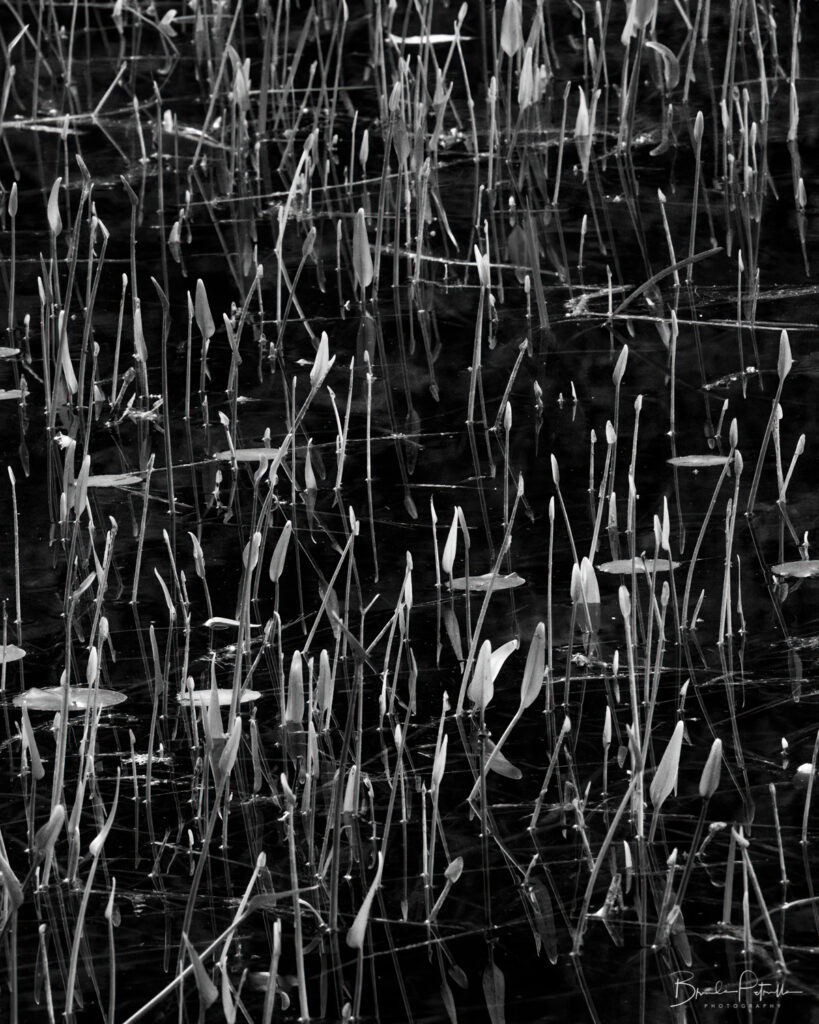
Ansel Adams said, “You bring to the act of photography all the pictures you have seen, the books you have read, the music you have heard, the people you have loved.” It actually helps your creative process to have multiple sources from which to draw new and interesting connections and combinations. No one who has become a master of an art or a craft has done so without inspiration, study, contemplation, discovery, and practice.
If creativity is the generation of new connections between existing ideas, then it’s the connection we draw that is original, innovative, or unique. By extension, I propose that what you connect with in the landscape – what catches your eye and draws you in – that moment of perception is the key to creating personally-expressive nature photographs. The connection you make with the landscape is novel in its own right because it originates from the context of your lived experience.
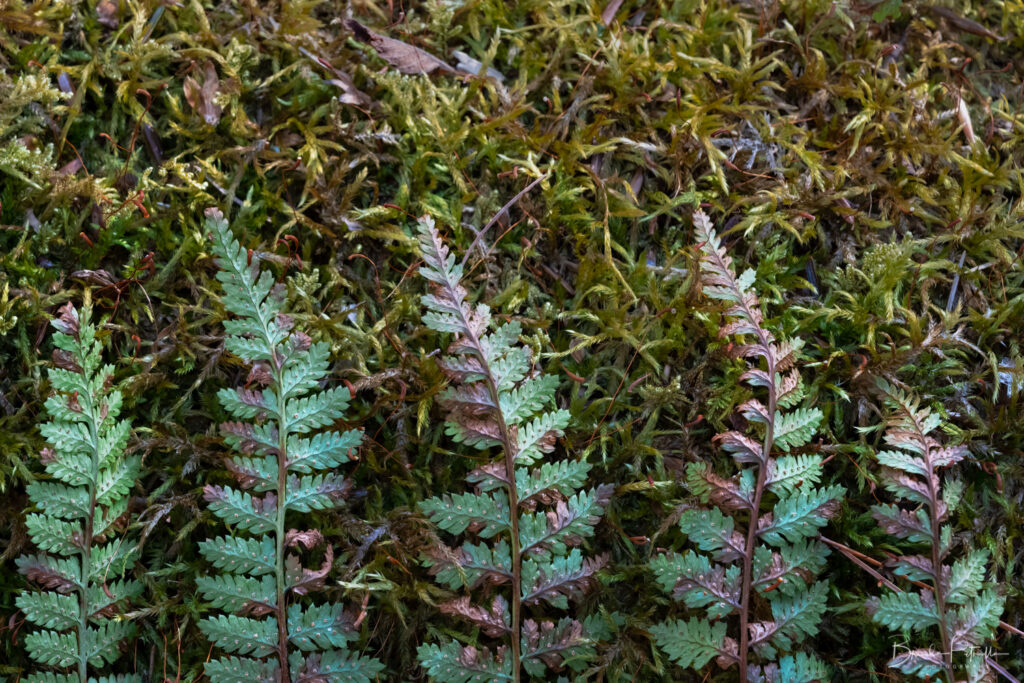
So how do we discover those points of connection with the natural world?
I believe there are four vehicles that can help us connect more deeply with nature and discover compositions that are a reflection of the connections we make. The four vehicles are: Observation, Curiosity, Resonance, and Practice. Let’s go through each of these starting with a definition from the Britannica Dictionary for each one.
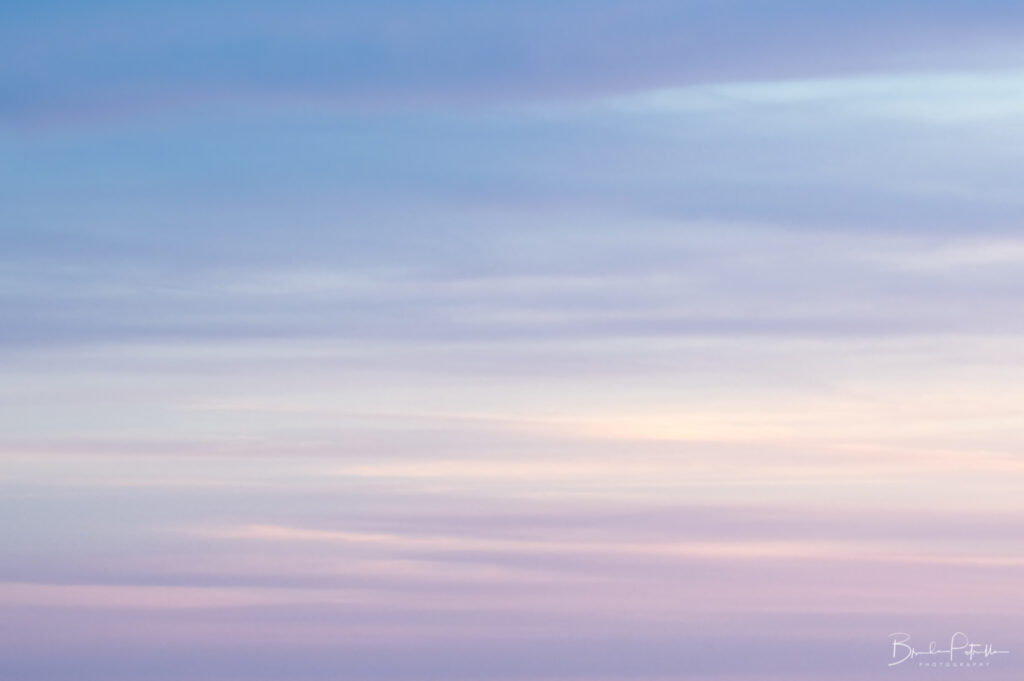
Observation: “the act of careful watching and listening”
Elliot Porter said, “Photography is an art of observation. It has little to do with the things you see and everything to do with the way you see them”.
A key aspect of connecting with the landscape is to be aware. The act of observation helps us to become more aware of our surroundings and to keep our minds open to possibilities rather than restrict our minds with expectations.
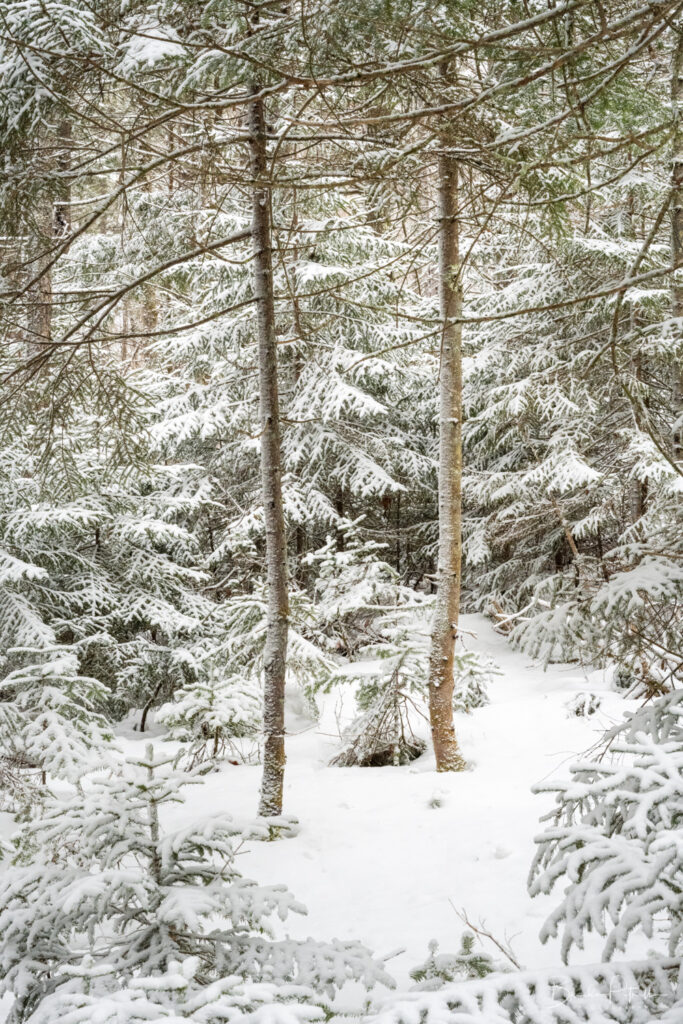
A simple way to become more observant is to tune into your senses. Ask yourself – what do I hear? Smell? Feel? See? Try to list out multiple options before moving on. The process of tuning into our senses and bringing an awareness to our surroundings helps shift our minds from looking to seeing, hearing to listening, and reacting to feeling. By slowing your process down and being observant, you give yourself more opportunities to see things that first went unnoticed, such as seeing more abstractly in terms of light, lines, shapes, contrast, color, etc., and identifying potential compositions.
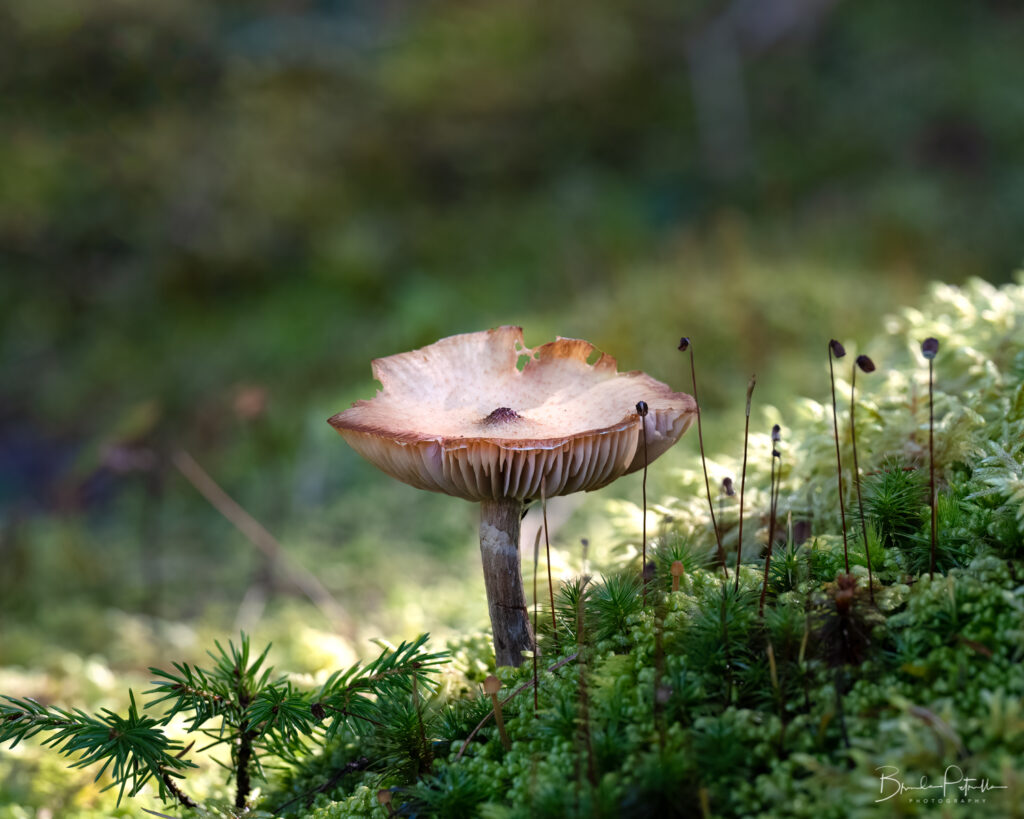
Curiosity: “the desire to learn or know more about something or someone”
Some people are naturally curious, but according to Dr. Bréne Brown in her recent book, Atlas of the Heart, curiosity is both a trait and a state – meaning, curiosity is a quality that we can cultivate. Many of us got into landscape or nature photography because of our love of the natural world. Our passion for the outdoors is often fueled by experiences of awe, whether that’s sleeping under a dark, starry sky, feeling the spray of a waterfall, or seeing how light plays with the shape and color of a flower petal.
According to Dr. Brown, when we experience awe we feel small and overcome by the vastness of something, and we also feel more connected to ourselves, to each other, and to the universe. Awe is what stops us in our tracks and takes our breath away when we experience it.
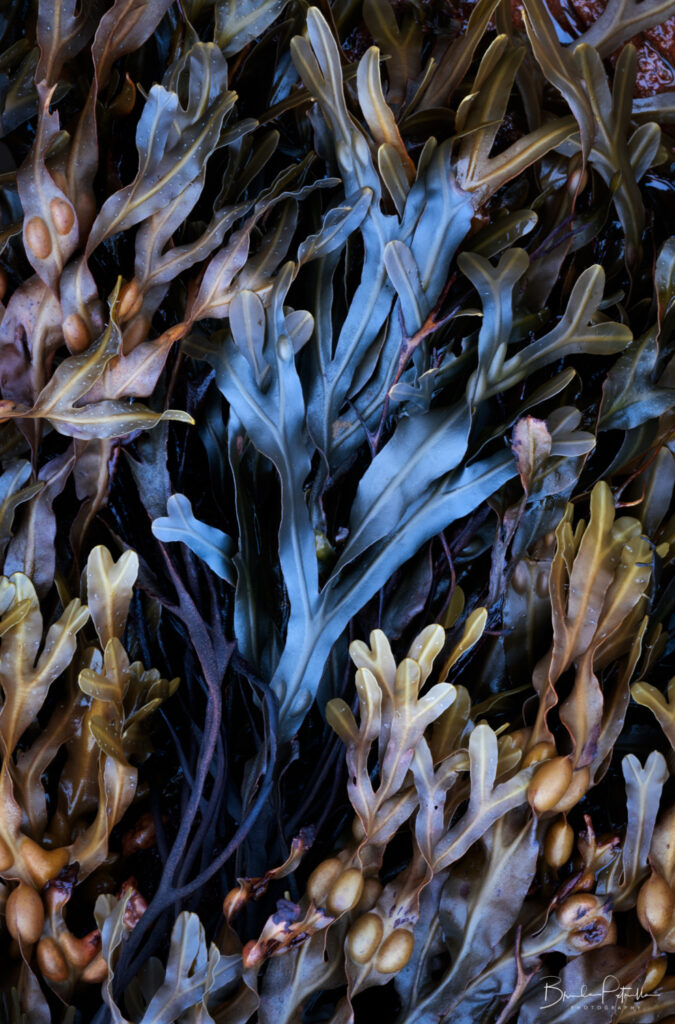
Often, awe leads to wonder. The difference between these two emotions is that wonder includes curiosity. Wonder leads us to explore, and it fuels us to want to understand and connect more to the thing that inspired awe in us in the first place.
I believe that curiosity is fundamental to forming that unique connection with the landscape that leads to creating personally-expressive photographs.
If you find you are not a naturally curious person, you can start by putting your detective’s hat on and taking an inquisitive approach. As yourself, what does my eye keep going back to in the scene? What is drawing me in? Why? Is it the light, color, a leading line, an area of contrast or texture? What else do I see? And what else? What if I go over there? Will that change the nature of the light? What can I learn about the ecology of what I’m photographing? What’s the story nature is sharing with me right now? I wonder…?
Curiosity is a motivating state that drives us to close a gap of knowledge or to understand something more deeply. The input of that knowledge comes from observation and awareness.
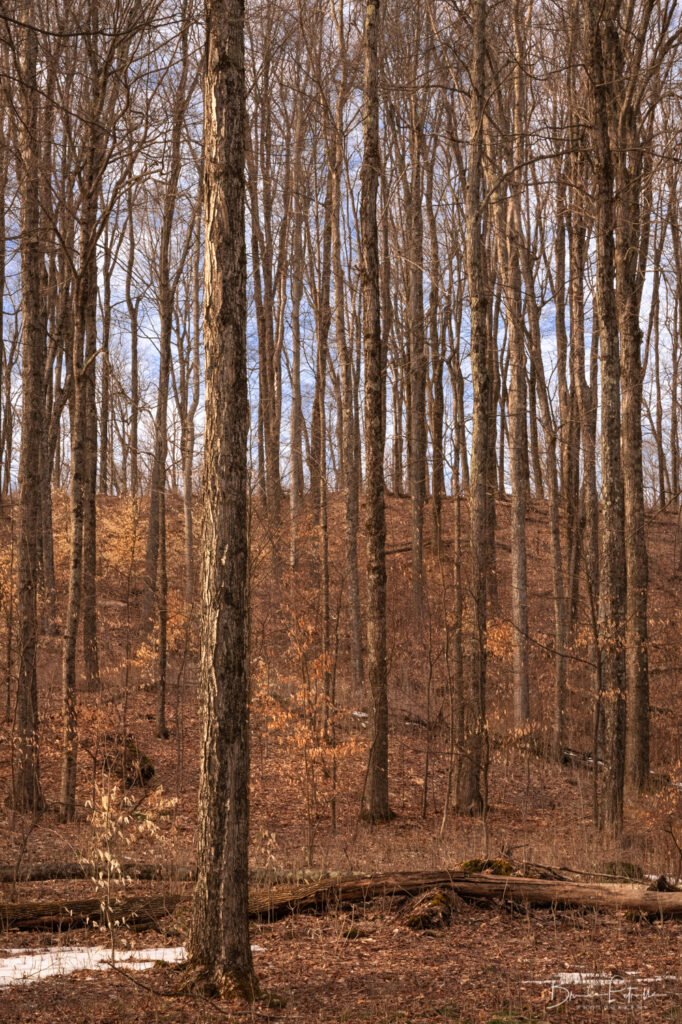
Resonance: “a quality that makes something personally meaningful or important to someone”
You’ve likely heard the saying, “we’re on the same wavelength”, to mean that you and someone else are aligned in some way. Usually, the term resonance is used to describe waveforms, like sound waves or vibrations, that align and amplify each other in a system. But even those among us who are not physicists are familiar with what it means to resonate with something or someone. To feel understood, to experience an alignment of ideas, or to simply to feel boosted in some way. That’s resonance.
I believe what underlies contemplative photography, expressive photography, slow photography, mindful photography, and creative photography is resonance.
So what resonates with you in the landscape? What do you enjoy exploring? What do you feel aligned with or in harmony with while out in nature? What gets you motivated to get outside? What gets you excited or full of awe and wonder? What makes you want to stay in nature for longer? What inspires you in other people’s photographs? What would you photograph if no one saw your pictures?
In the simple, but wise words of Marie Kondo, what sparks joy? Make photographs of THAT, and a world of self-expression will open up to you.
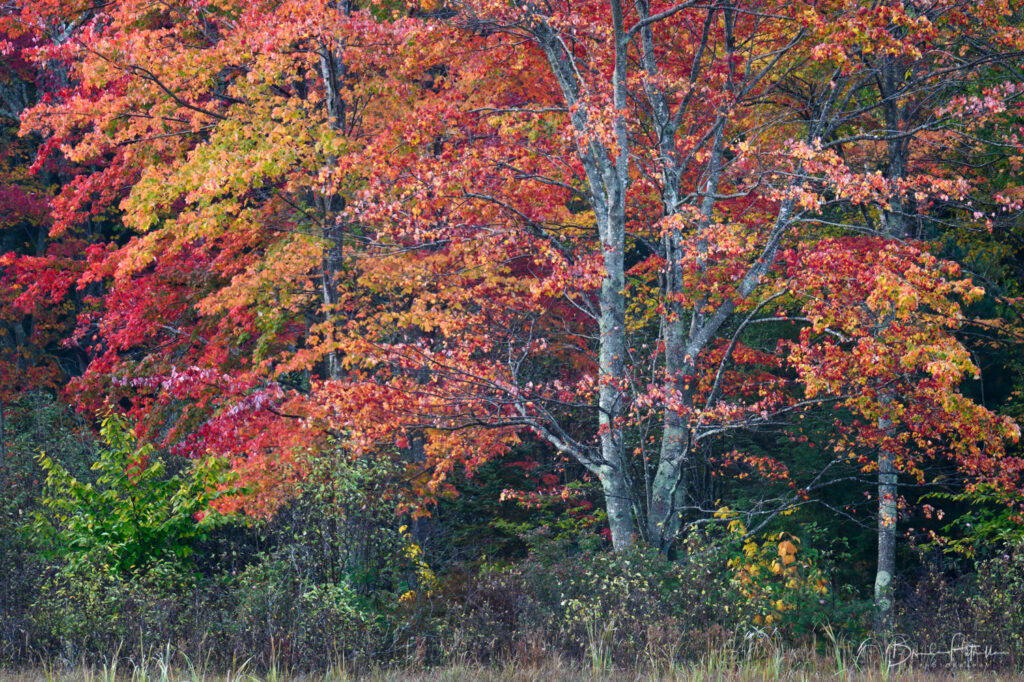
Practice: “the activity of doing something again and again in order to become better at it”
Above all else, practice.
Practicing gets a bad rap sometimes. “Go practice your scales again” rarely inspired motivation and creativity in the young piano student. But we can only get better at something if we do it often and do it regularly. Practice does not make perfect; practice makes progress, and since creative work has no endpoint, progress is all we can measure.
I discussed the concept of photography as a practice rather than as a form of artistic expression or as a technical craft in Episode 40 of the Outdoor Photography Podcast. As someone with a musical and sports background, I have spent countless hours practicing. However, I’ve realized that I have not approached my photography with the same level of dedicated, consistent practice, and it’s something I’d like to change. So, I’ve wondered what would photography as a practice look like?
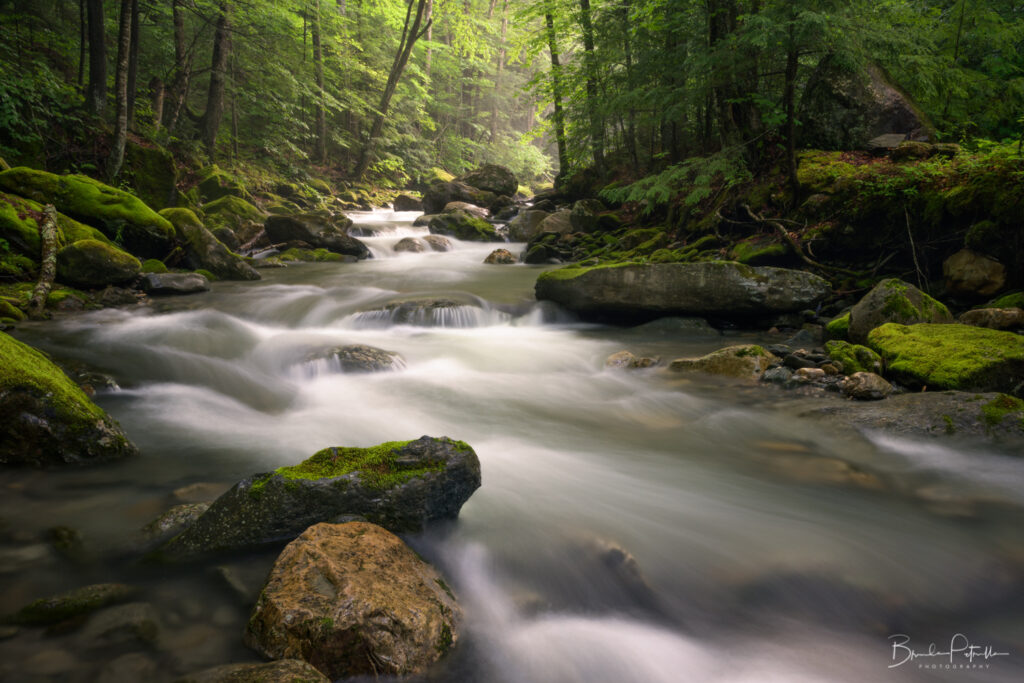
Like musical scales and hockey drills, I think one aspect of practicing photography involves some of the less-inspiring, repetitive actions that propel our skills forward in terms of muscle memory. For example, being able to adjust exposure settings without taking your eye from the viewfinder only comes after repetitive action, mistake-making, and more repetitive action. Becoming technically competent and working your camera with ease so that it becomes an extension of you can’t be hacked or shortcutted; it comes from hours spent handling the camera.
Another type of practice may be to dedicate yourself to the study of photography for a period of time, like an immersion program for learning a new language. This may or may not include a physical component, but rather it could be reading books on photography and composition, listening to photography podcasts, working on a personal photography project, starting a mentoring relationship with a photographer whose work you respect, or moving outside your comfort zone with a particular kind of post-processing method.
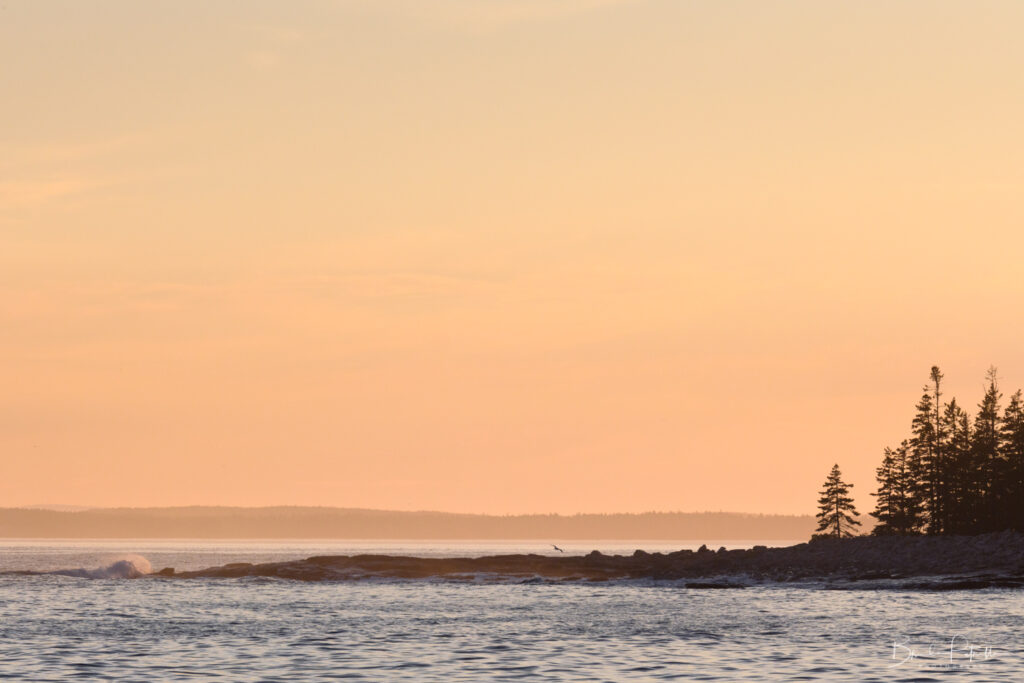
If practice is a repetitive act, then another way to think about practicing photography is forming a photography habit. One way to start a new habit is to figure out the smallest action or step you can take that will lead you in the direction you want to head. An example that is often given when discussing habit formation is flossing. If you want to develop the habit of flossing every day, then just commit to flossing one tooth. That is the only action you need to take, but often that leads us to flossing more than one tooth, and by committing to the small step, we end up developing the desired habit over time.
One way that I’ve incorporated this concept into my practice of photography is to always get my gear ready after I come back from doing photography. I have learned that I’m much more likely to embrace a random moment to do some photography if my batteries are charged, my camera and lenses are clean, my memory card has room on it, etc. It’s very easy to get back from a photography outing and just let your gear sit until the next time you have a trip or hike planned. But when I did this, there was just enough friction in the system that I would resist or debate going out and often chose not to. By committing to cleaning and organizing my gear when I return from a hike, I’ve made it easier to grab my camera and go when an opportunity arises.
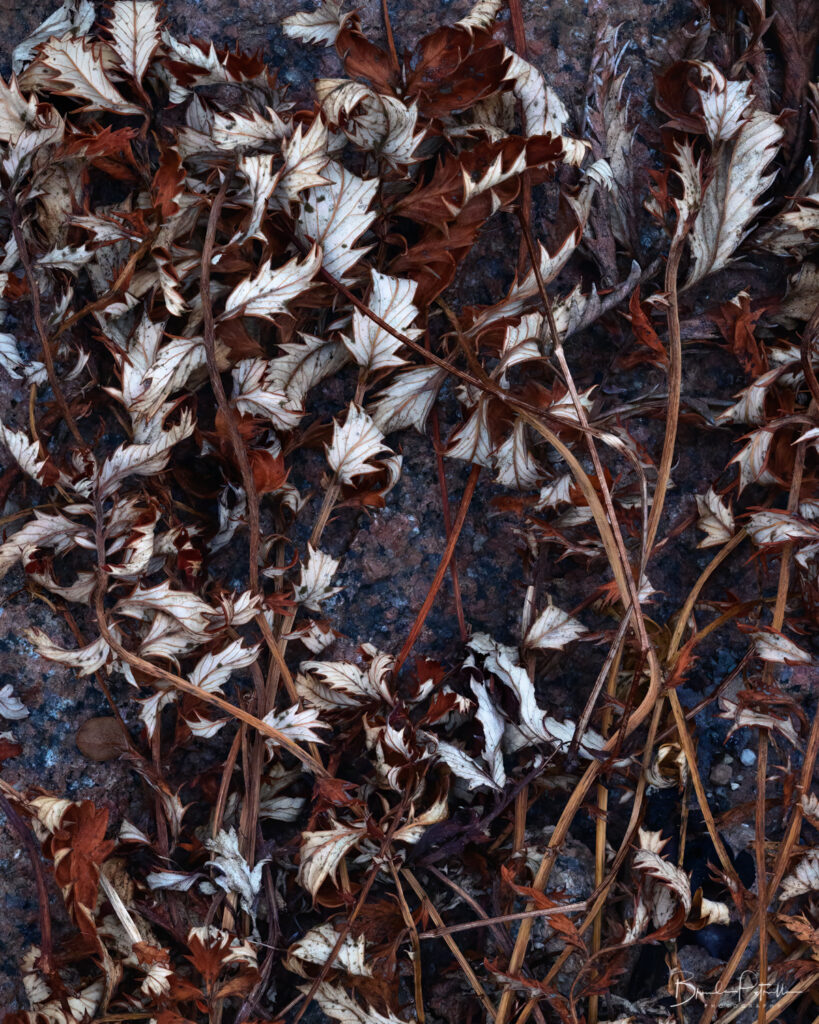
Lastly, as you consider the ways in which creating a photography practice would be helpful to your growth as a self-expressive creator, keep in mind that practice requires two things: commitment and repetition. As simple as it sounds, rewarding consistency is usually a more effective accountability measure than keeping track of outcomes or goals achieved. Staying consistent is difficult, so celebrate your consistency with something that will excite you and bring you joy. It’s incredibly motivating.
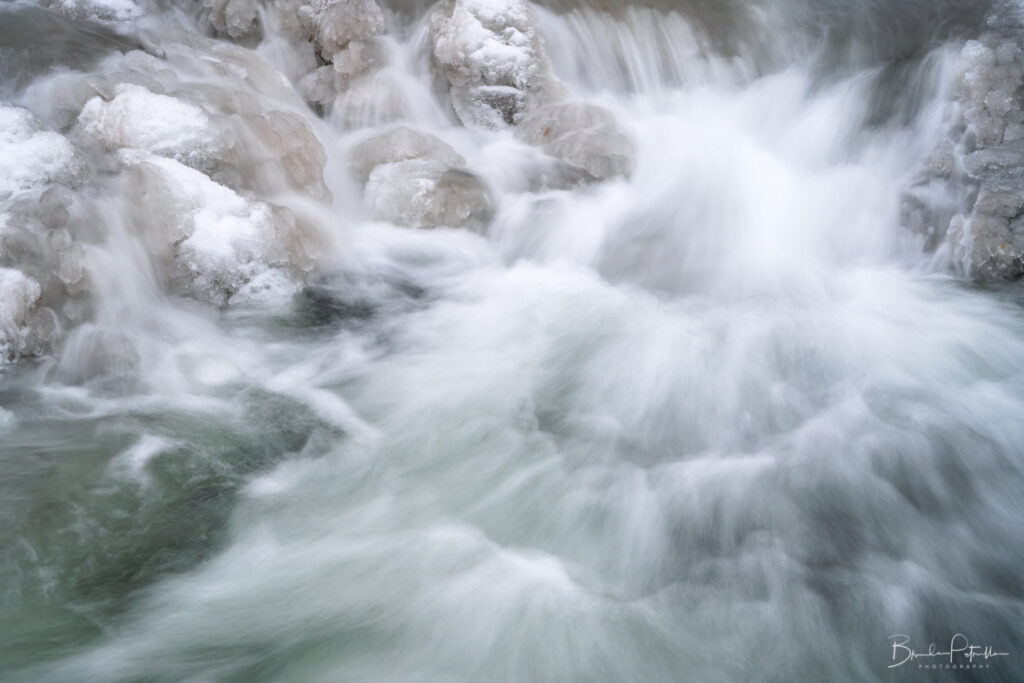
The next time you find yourself plagued by comparisonitis or self-doubt about your creative potential or ability to create something original, I encourage you to return to these four vehicles of observation, curiosity, resonance, and practice. I can’t wait to see what you make.